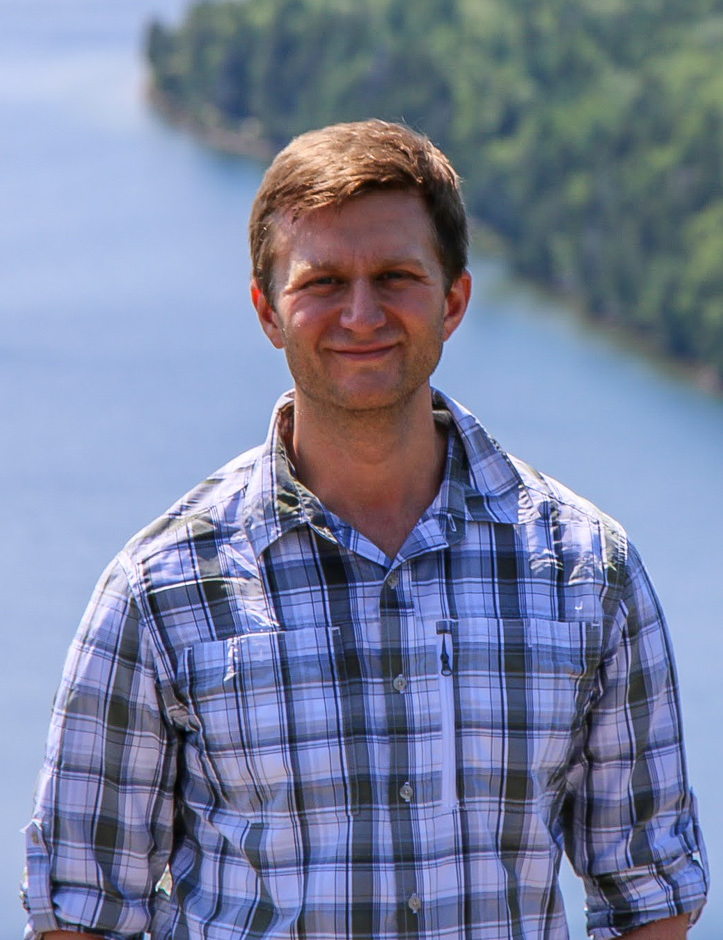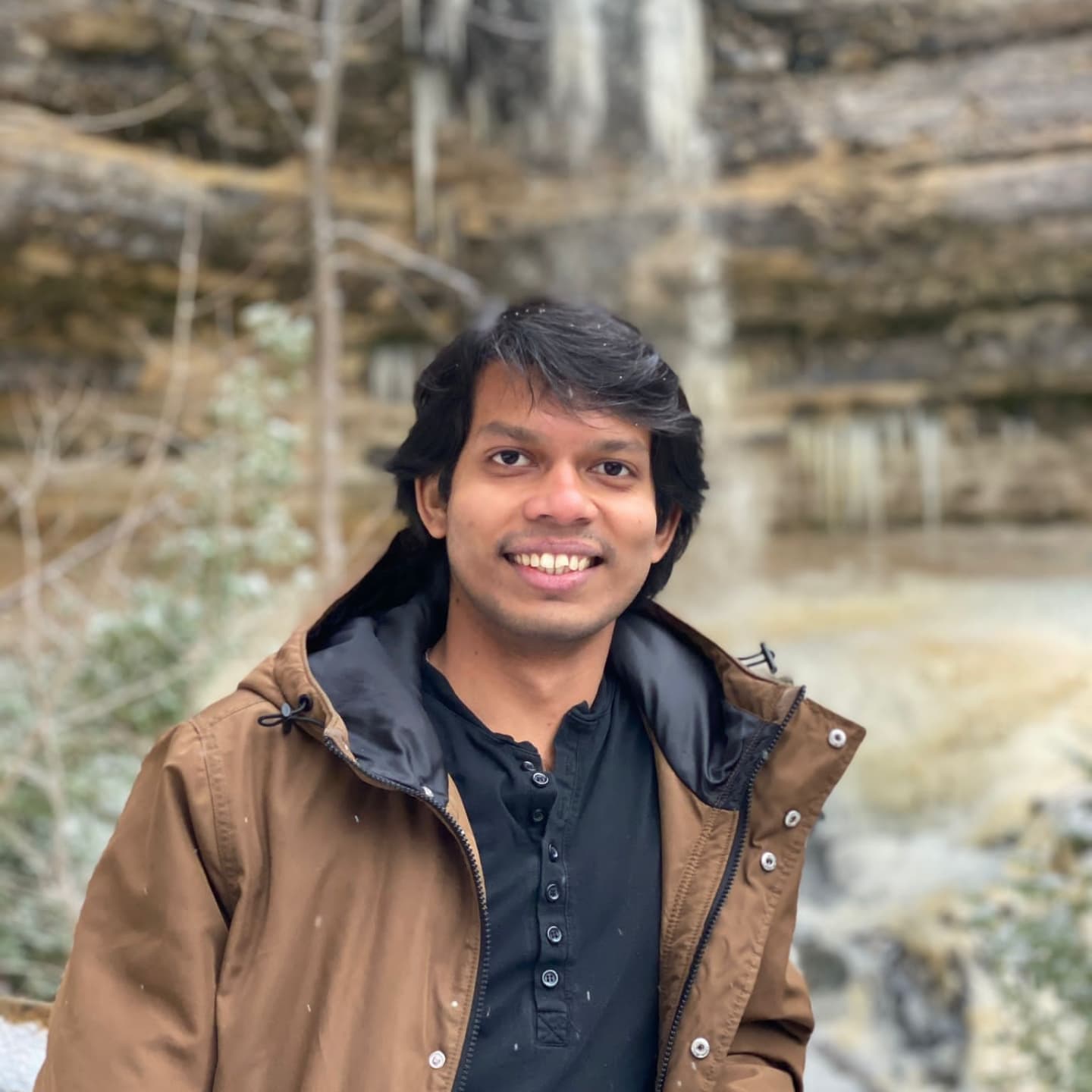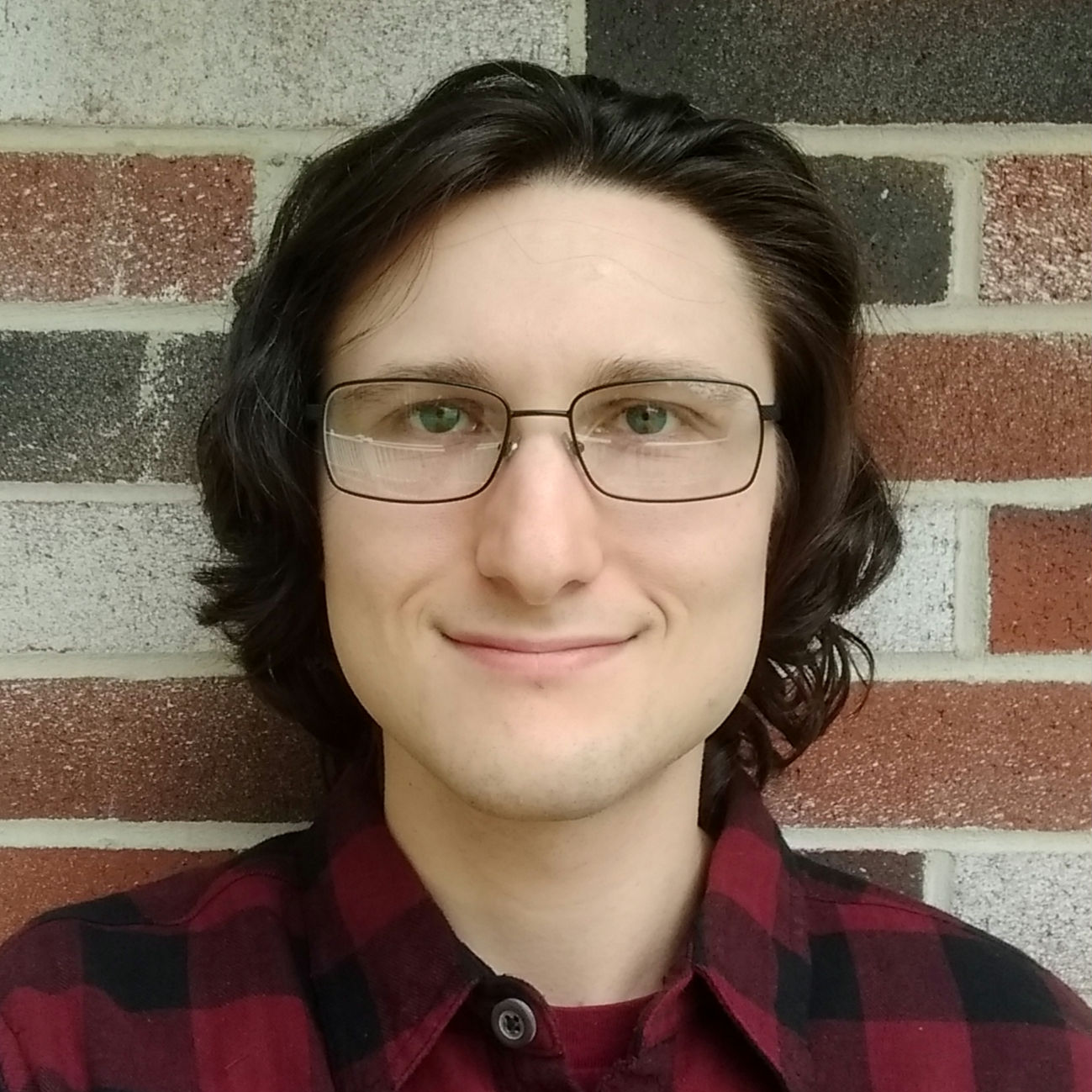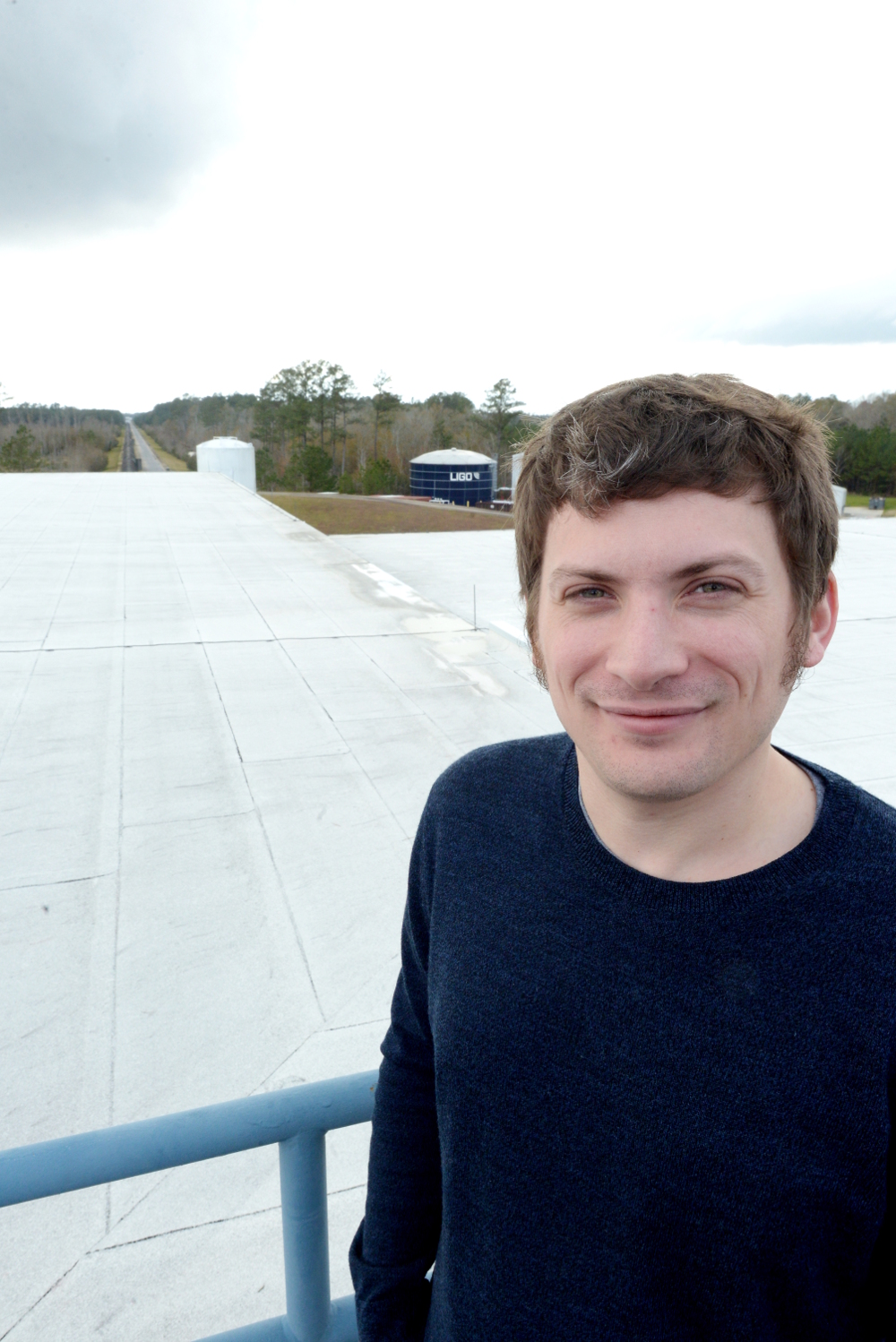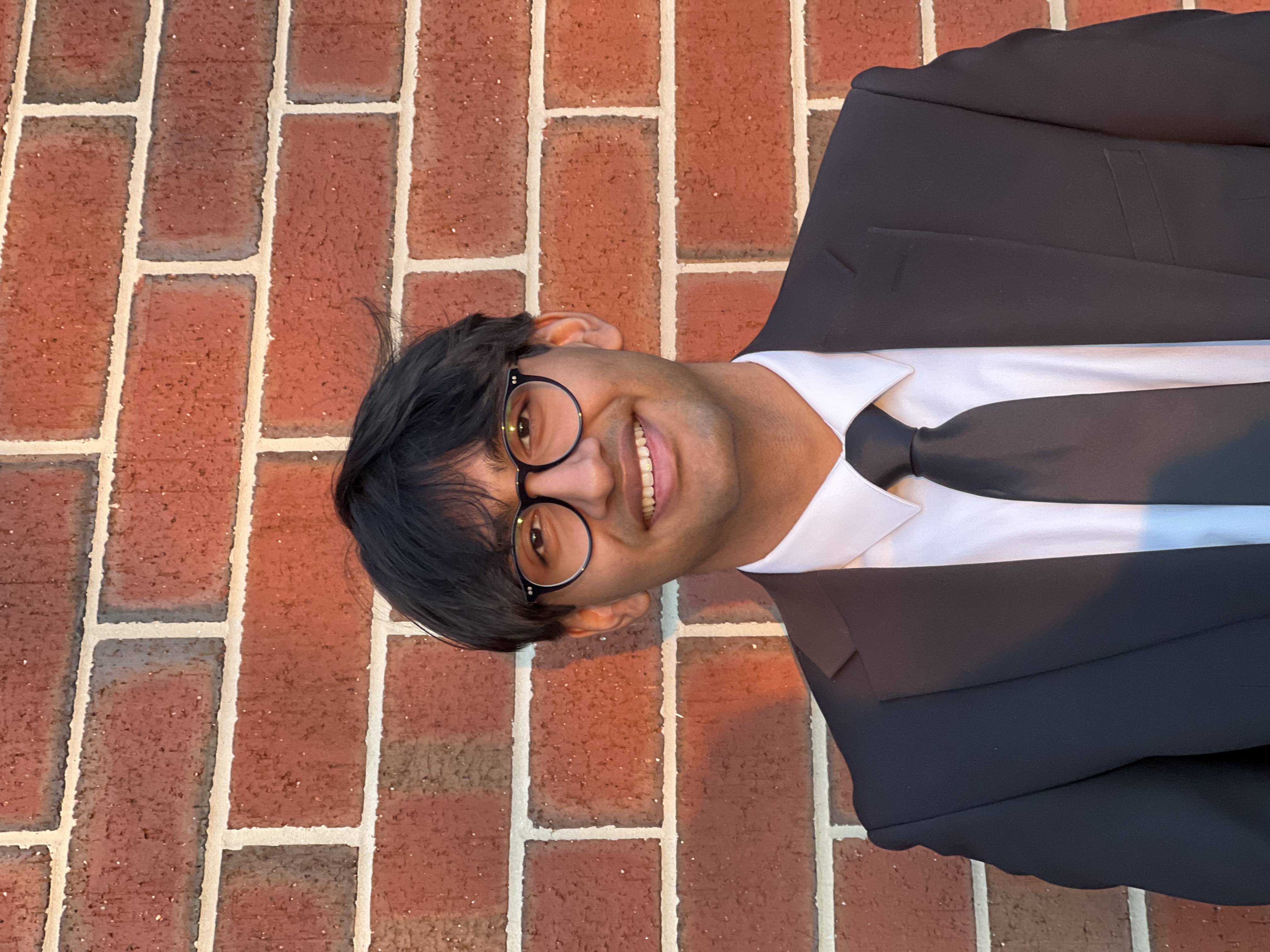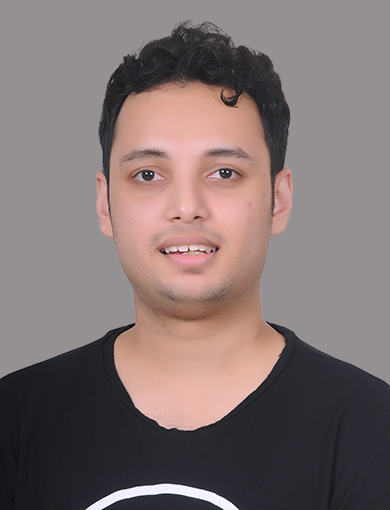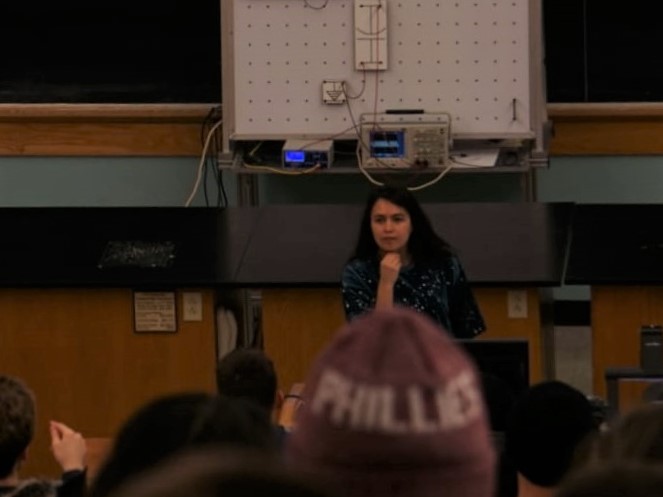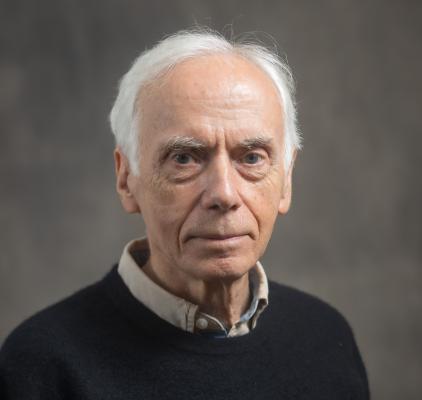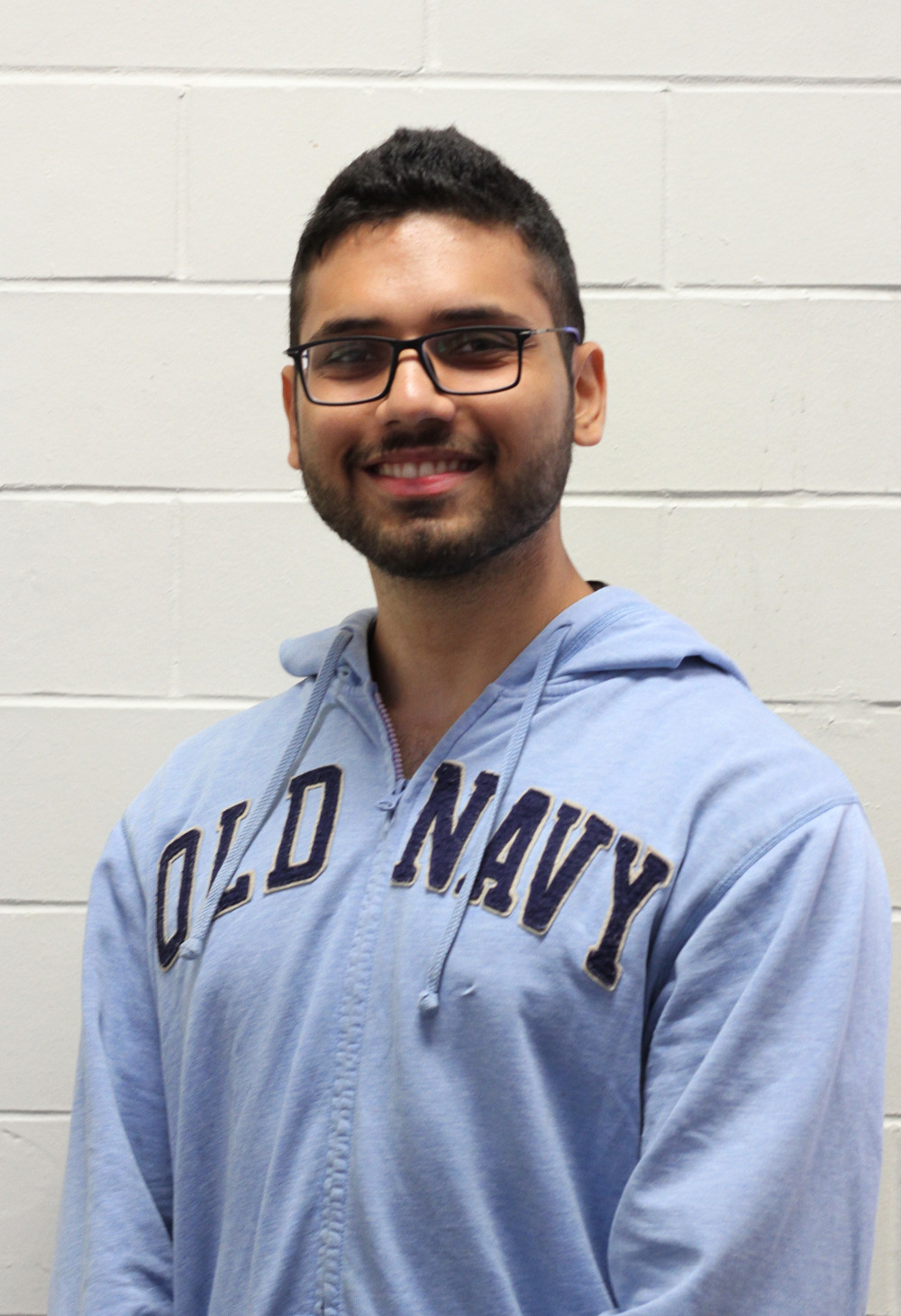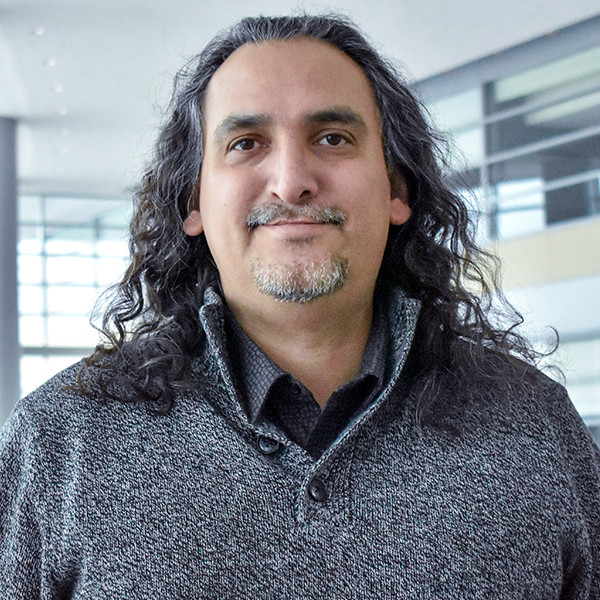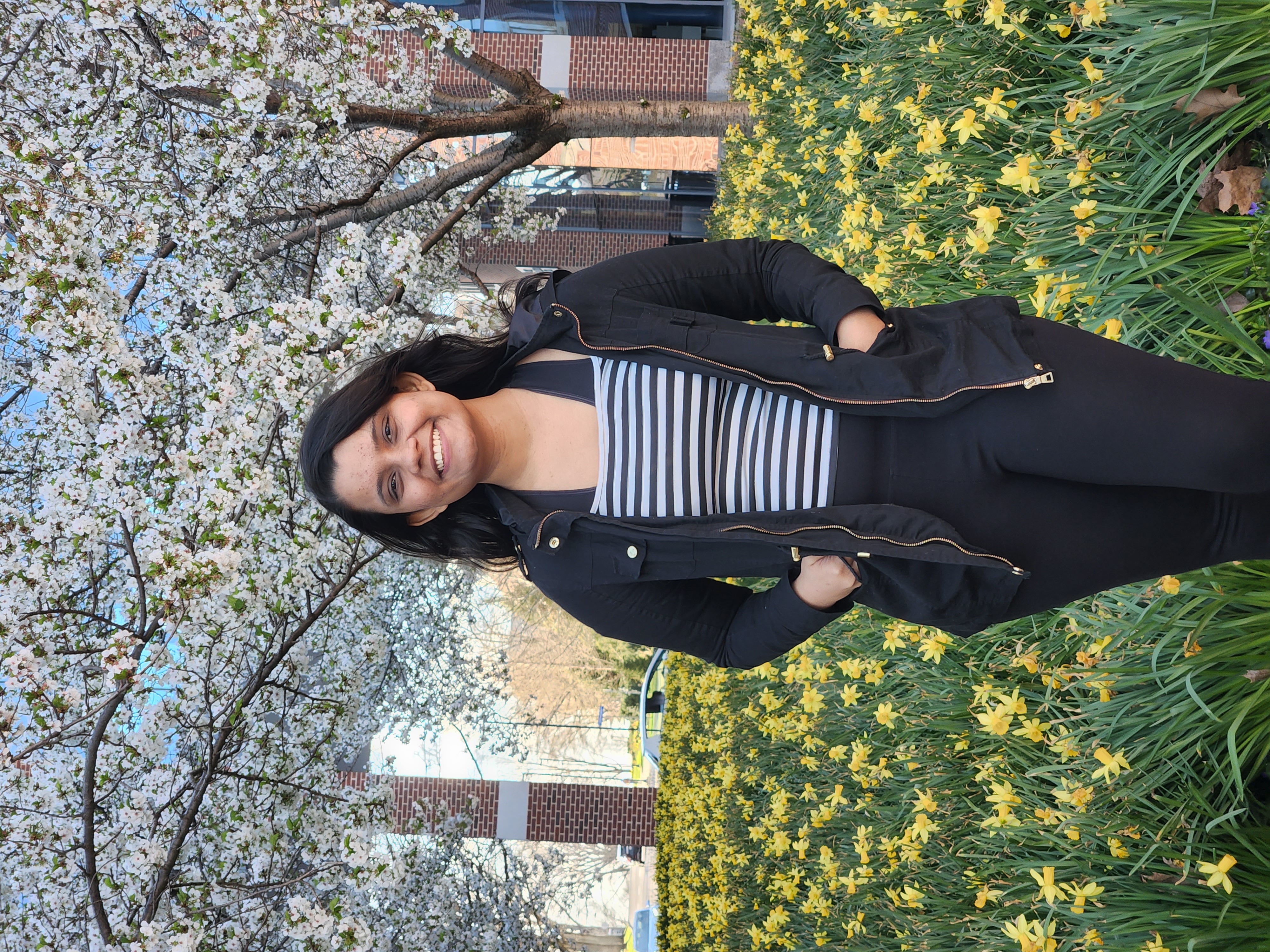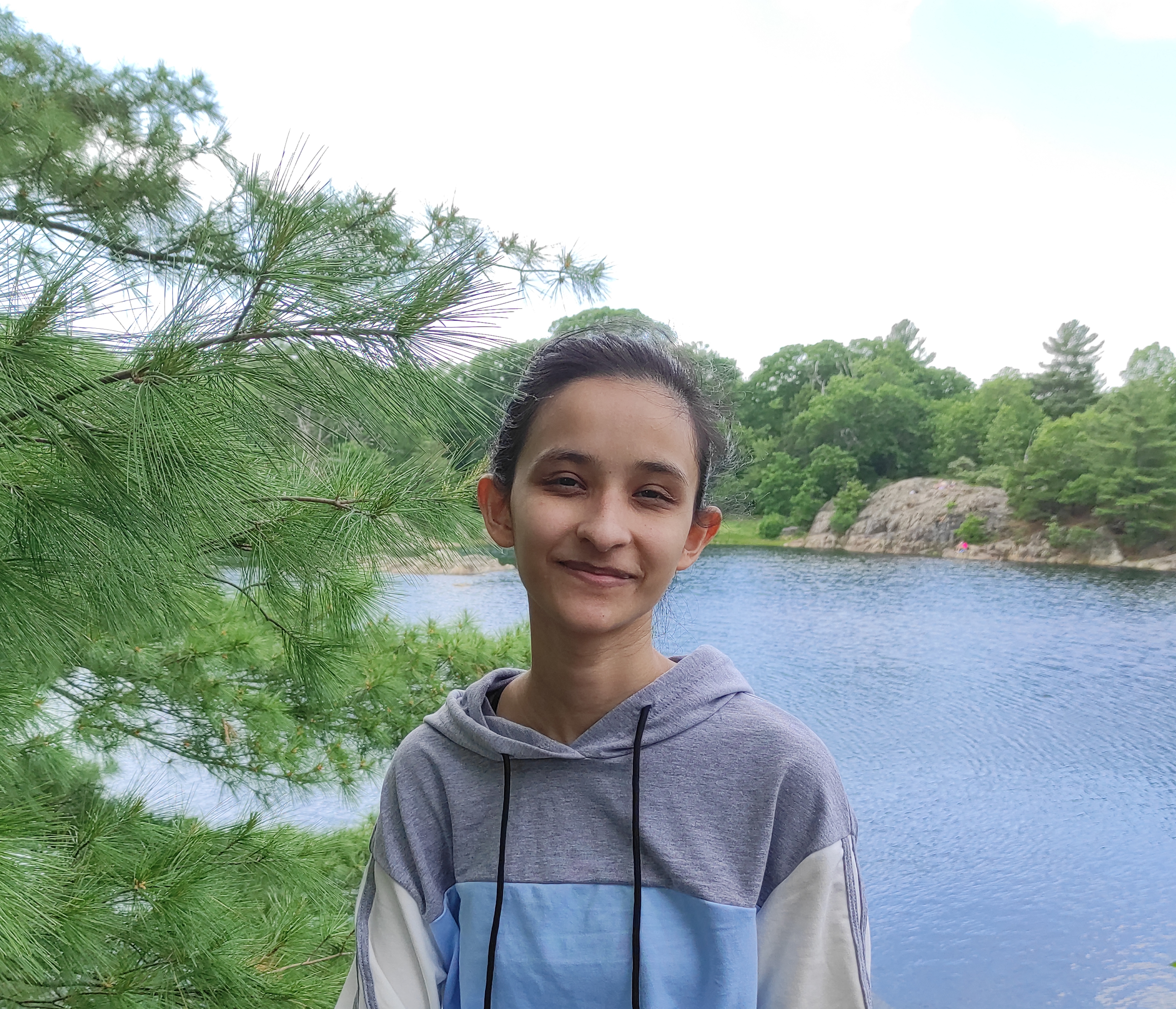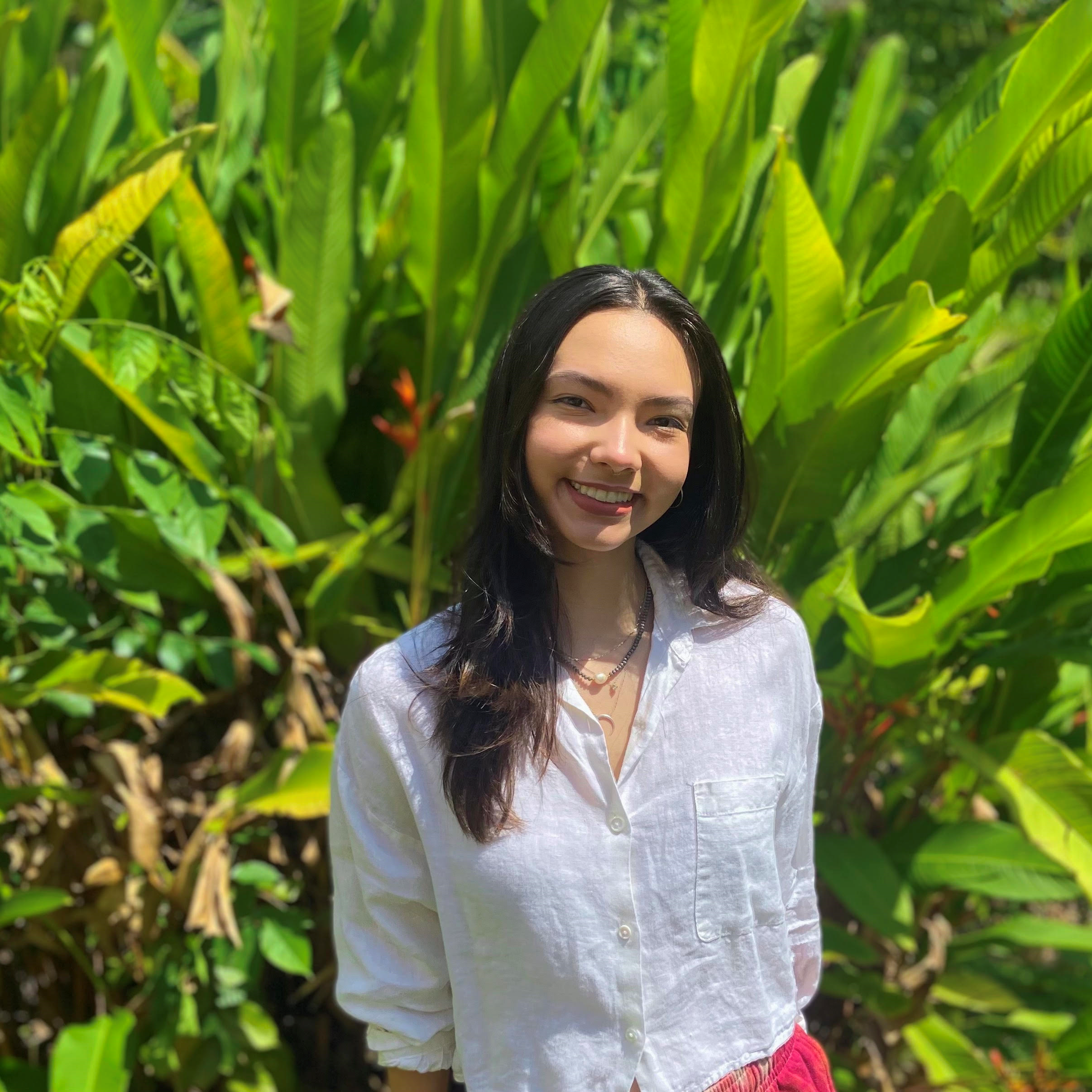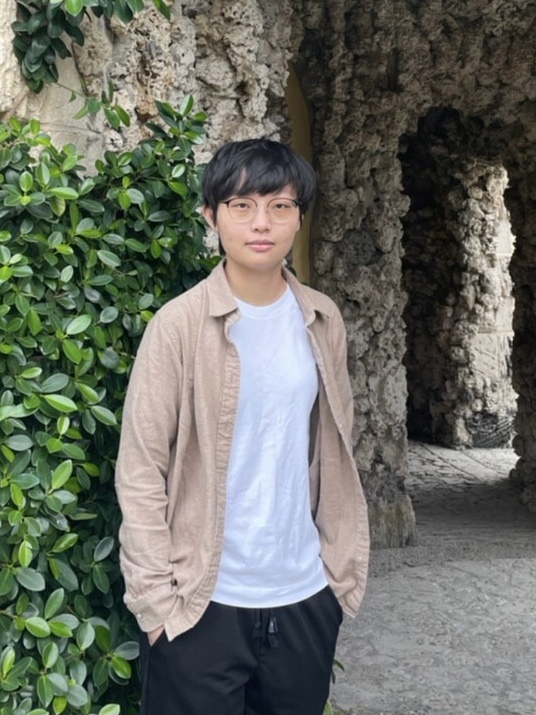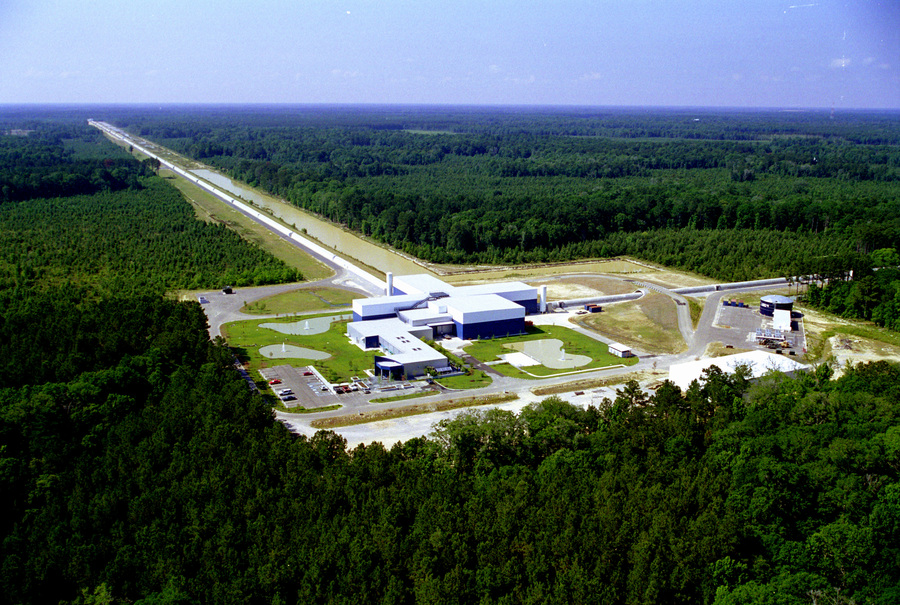
The LIGO Scientific Collaboration
The LIGO Scientific Collaboration (LSC) is a group of scientists focused on the direct detection of gravitational waves, using them to explore the fundamental physics of gravity, and developing the emerging field of gravitational wave science as a tool of astronomical discovery. The LSC works toward this goal through research on, and development of techniques for, gravitational wave detection; and the development, commissioning and exploitation of gravitational wave detectors. The LSC carries out the science of the LIGO Observatories, located in Hanford, Washington and Livingston, Louisiana as well as that of the GEO600 detector in Hannover, Germany. Our collaboration is organized around three general areas of research: analysis of LIGO and GEO data searching for gravitational waves from astrophysical sources, detector operations and characterization, and development of future large scale gravitational wave detectors. Founded in 1997, the LSC is currently made up of more than 1000 scientists from over 100 institutions and 18 countries worldwide. The Laser Interferometer Gravitational-Wave Observatory (LIGO) consists of two widely separated installations within the United States -- one in Hanford Washington and the other in Livingston, Louisiana -- operated in unison as a single observatory. LIGO is operated by the LIGO Laboratory, a consortium of the California Institute of Technology (Caltech) and the Massachusetts Institute of Technology (MIT). Funded by the National Science Foundation, LIGO is an international resource for both physics and astrophysics. [ Taken from www.ligo.org ]:
